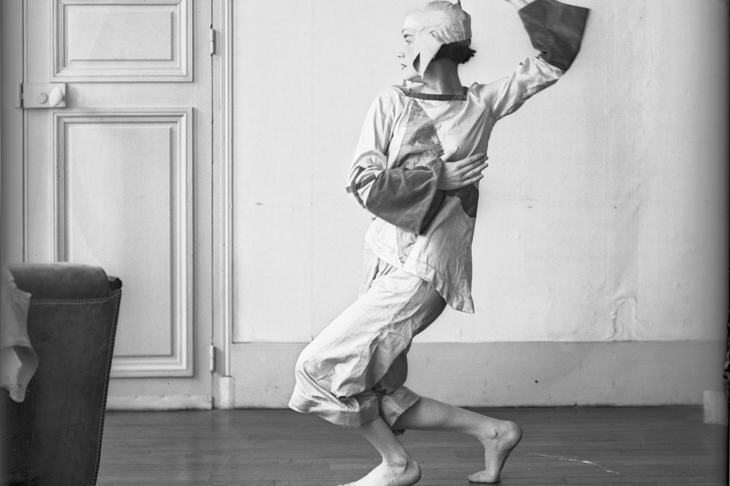In 1988, James Joyce’s grandson Stephen destroyed all letters he had from, to or about his aunt Lucia Joyce, the novelist’s daughter. Many saw the destruction of documents pertaining to Lucia, who had spent the majority of her life in asylums and had been close to her father, as the destruction of keys to understanding her father’s work. Stephen replied: ‘No one was going to set their eyes on them [the letters] and re-psychoanalyse my poor aunt.’
Stephen, still alive today, appears — though with his name blacked out — in this novel, an imagining of the life and legacy of Lucia. ‘A silly old cunt,’ he is called by a character we are made to sympathise with. He is a villain; his destruction of Lucia’s letters is an act of vandalism — the silencing of Lucia’s voice.
In the absence of truth, and within the safe confines of fiction, Alex Pheby picks his way through surviving information as though through bones, and adds imagined flesh. Lucia’s brother Giorgio sexually abuses her and tortures her rabbit to ensure her silence. Her father drunkenly mistakes her for her mother, his ‘arousal transferred’. Her uncle is ‘in her bedroom with an erection, borne of a fever dream of mermaids’. Through these violently sexual passages, a strange, constricted picture of Lucia is created — a woman defined only by the brutality of men. Concurrently, the men in Lucia’s life are painted as demons, their characters made to contain all possible iterations of cruelty towards women in the 20th century.
‘Do not destroy documentary evidence of the truth, since it will come back and bite you in the arse,’ Pheby writes, hinting that this novel is less an attempt to reconstruct Lucia’s life than an act of vengeance. This feels unfair — in particular to James Joyce who (all substantiated evidence suggests) was not abusive, and to Lucia herself. It seems like no coincidence, too, that imaginings of the relationship of Giorgio (Stephen’s father) with Lucia are particularly sadistic. It is, in a sense, literary trolling.
In the final chapters, possible scenes of a joyful childhood are presented like gifts to Lucia, so that, like the woman in a defaced tomb an archaeologist tries to repair in parallel passages, she ‘might at least have these as memories’. So exquisitely written are these chapters, in one of which she plays out of doors with her father, that we almost forget the questionable ethics of the novel.
These quietly moving passages are sad, however, and not for the reason most likely intended, for they remind us that at the core of this novel are a father and daughter whose relationship is being played with, speculated on and twisted for the sake of art. There is a well-known story that says that Lucia’s happiness was the price her father paid for Finnegans Wake; while he struggled to finish it, she was sent to an asylum. There is a similar exchange in this book; Lucia’s and her family’s characters and privacy are sacrificed for a work of fiction.
‘Truth and beauty, perhaps they are inseparable’ — the line appears in a passage on the burning of evidence. This novel criticises the destruction of truth, and therefore of beauty, but itself exists in a place — as a work of fiction — where truth cannot be found.
Got something to add? Join the discussion and comment below.
Get 10 issues for just $10
Subscribe to The Spectator Australia today for the next 10 magazine issues, plus full online access, for just $10.
You might disagree with half of it, but you’ll enjoy reading all of it. Try your first month for free, then just $2 a week for the remainder of your first year.














Comments
Don't miss out
Join the conversation with other Spectator Australia readers. Subscribe to leave a comment.
SUBSCRIBEAlready a subscriber? Log in